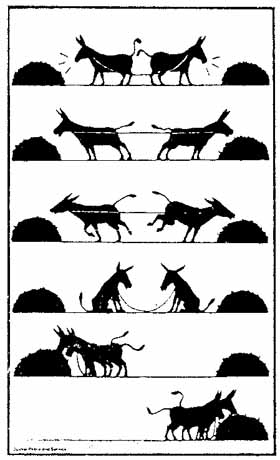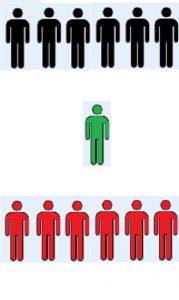The next main meeting of the Middle Way Network will be on Sun 27th September at 7pm UK time on Zoom. This is the first of a series of three talks and discussions focusing on the nature of Middle Way practice: that is, how we can create the conditions for better judgement overcoming conflict in the long-term. We will be looking in turn at the integration of desire, meaning and belief as interdependent aspects of practice, linked to a potentially wide range of specific practices including meditation, the arts, and critical thinking.
There’ll be a short talk on practice as integration of belief, followed by questions, then discussion in regionalised breakout groups. Some other regionalised groups will meet at other times. If you’re interested in joining us but are not already part of the Network, please see the general Network page to sign up. To catch up on the previous session, on integration in general, please see this post.
There is already an introductory video (18 mins) on integration of desire as part of Middle Way Philosophy, which is embedded below. You might like to watch this for an initial orientation before the session. This is slightly longer than the other introductory videos we’ve had so far, but it goes through some key ideas carefully in a way that there probably won’t be time for in the stimulus talk. It is mainly about cake!

Here is the video from the actual talk on 27th Sept 2020:
Practice and the Integration of Desire
The integration of desire is a way of thinking about practice that can help us to bridge the gap that is too often assumed between our “biological urges” and our “values” or “better natures”. Too often, “ethics” has consisted in telling people to repress their desires in the service of a “higher”, sometimes socially-sanctioned, sometimes “rational” rule. In the longer term, this doesn’t work, because repressed desires have a habit of coming back and re-asserting themselves. That seems to happen just as much at the socio-political level (repressing other groups) as it does at individual level (repressing basic desires). We need a better model of moral practice than merely one of rule-following, and the integration model offers one. Such an alternative model can also be symbolically inspired in the stories of the Buddha by his recognition that asceticism (denying and repressing desire) does not work, and him turning instead to the Middle Way.
Meditation is probably also a basic practice in which we can directly experience how integration of desire is possible, at least on a temporary basis. Simply by relaxing our bodies sufficiently, we can sometimes put what at first seemed overwhelming conflicts in a bigger perspective. Other embodied disciplines, such as yoga or tai chi, may have a similar effect. However, to overcome conflicts of desire in the longer-term we need to also address fragmentation of meaning and conflict of belief, which are the subjects of the following two sessions.
Some suggested reflection questions:
1. Which kinds of desires do you most often experience as conflicting?
2. How could those desires be integrated?
Suggested further reading
Migglism section 4: ‘Integrating Theory and Practice’ and ‘Meditation’
Middle Way Philosophy 2: The Integration of Desire
For a summary of this book by section see this webpage. For full text see Researchgate.
For discussion of the issues in relation to Buddhism, see The Buddha’s Middle Way 1.e (on the Buddha’s renunciation of asceticism) and 6.c (on craving).




